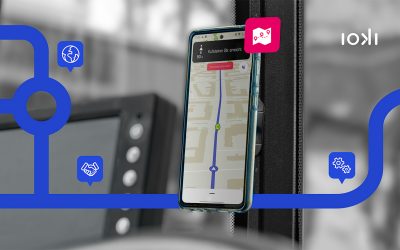It is a good idea to start with a descriptive approach and gain an overview of the strengths and weaknesses of the status quo. Using traffic, geographical and infrastructural data, our Mobility Analytics team can provide detailed insights into the utilization and profitability of the current system.
Questions that we can answer in the course of such an initial analysis:
- At which points is my transport system currently operating at its highest capacity?
- Who is using my transport system?
- From where to where do people move with my transport system?
- How competitive is my transport offer?
- Where is there a need for mobility?
- How well do I serve the target market with my offer?
- How can I use my existing data to gain further insights?
- How well or efficiently are my current timetables designed?
Answering questions of this kind enables mobility providers to gear their new solutions and products directly to the needs of their customers and thus create real added value. At the same time, thanks to precise knowledge of local structures and conditions, it is also possible to identify whitespots in need of optimization where a system changeover is particularly sensible and sustainable.
For example, we have already conducted an initial analysis of the public transport system for a district in North Rhine-Westphalia. Among other things, the object of the analysis was to find out what percentage of the population can reach a public transport stop within a 10-minute walk, which areas are not yet fully or sufficiently developed from the existing supply, or when the average transport demand exceeds the operational supply.



